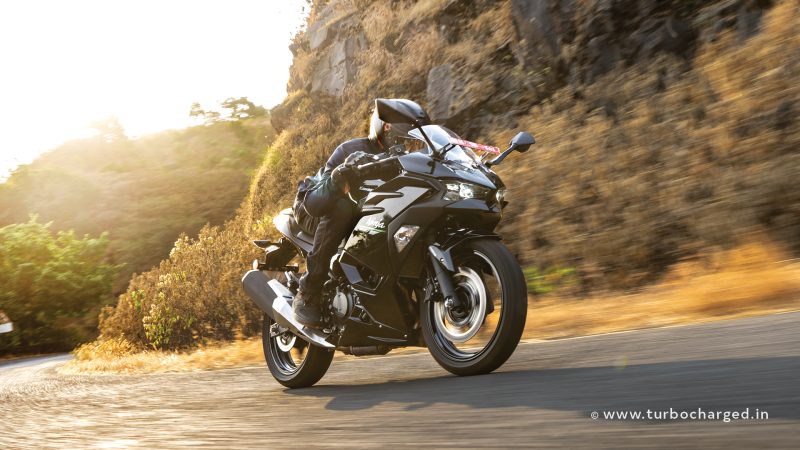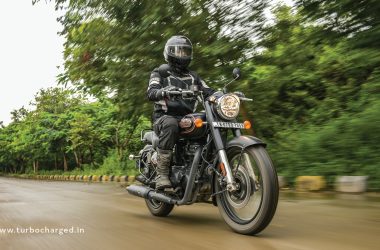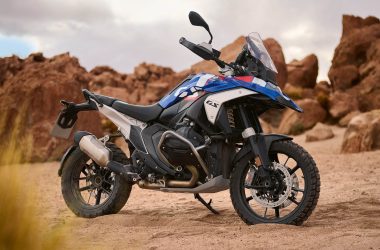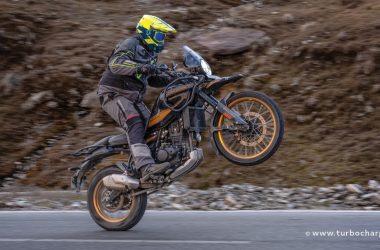Photography: Vaibhav Dhanawade
Before we begin, let’s revel in the fact that this may be the best decade to be a motorcycle rider in India, especially for someone looking to join the sub-500cc motorcycle club. Kawasaki can be credited somewhat for getting people interested in the accessible sportsbike segment with the launch of Ninja 250 back in 2009. The bikemaker then replaced it with the Ninja 300, which is still on sale alongside what is technically its updated version — the Ninja 400. With the competition in the entry-level sub-500cc premium motorcycle segment heating up, the latter was due for an update. And the update is here, in the form of the Ninja 500. What’s new compared to its predecessor and more importantly, how does the Ninja 500 fare against its new formidable rival, the Aprilia RS457? Let’s find out!

At first glance, the Ninja 500 might look similar to the Ninja 400 but look closer and the differences become apparent. The Ninja 500 has a completely new face and features a sharper look, more in line with Kawasaki‘s current crop of supersport motorcycles. The split headlamp design remains constant but now features a more modern look. The fairing has been slightly updated but remains familiar thanks to the integrated turn indicators. It shares the 14-litre fuel tank with its predecessor. The pointy tail section features a new tail lamp nicely integrated below the rear seat. Unfortunately, the Ninja 500 is only available in a Black shade and combined with the simple exhaust design, it doesn’t stand out as much as I would have liked. Overall, the motorcycle does feel modern compared to its predecessors, and fresher colours or a KRT edition paint scheme will help it stand out more.

The entry-level Kawasaki’s were never feature loaded and the trend continues with the Ninja 500. It gets a fairly simple-looking LCD though the display is quite legible and all the required information is well laid out. That being said, with the competition (read Aprilia RS457) offering a modern TFT, Kawasaki could have offered the same as it is already globally available on the higher-spec SE model. It does get Bluetooth connectivity though. The Ninja 500 also gets a slip-and-assist clutch along with dual-channel ABS. While experienced riders won’t mind the absence of riding modes and traction control, having these features would have added more value to the package and could be helpful to newbie riders. The overall quality levels are what you’d expect from Kawasaki as everything feels well put together.
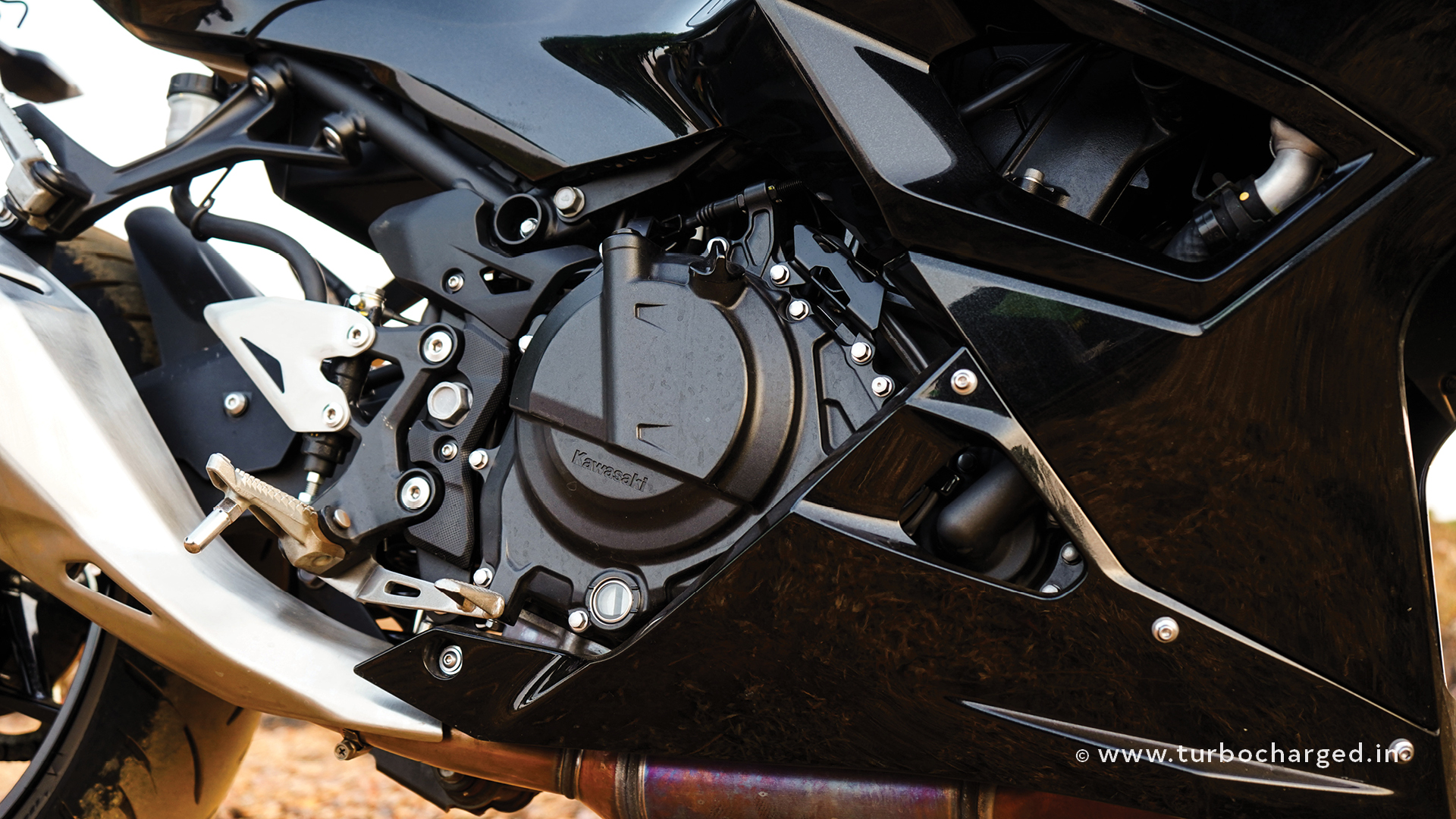
Coming to the big update, one that gives it the 500 moniker — the engine. The 451cc liquid-cooled parallel twin has been derived from the 399cc engine of its predecessor and the extra capacity comes from a bigger 58.3mm stroke (up from 51.8mm in the Ninja 400) while the bore remains the same at 70mm. The power output remains the same as before at 45PS but it now comes slightly earlier at 9,000rpm (10,000rpm on the Ninja 400), while the peak torque has gone up, from 37.0Nm in the earlier model, to 42.6Nm. It too comes in earlier too, at 6,000 rpm (8,000rpm on the Ninja 400). This has resulted in a stronger mid-range and more accessible power delivery throughout the rev range. While the power delivery isn’t intimidating for someone graduating from a smaller capacity motorcycle, there’s enough grunt on offer to keep an experienced rider engaged. The performance is still best enjoyed at higher revs and the exhaust too sounds the best near the redline. Refinement levels are good for the most part with only minor buzzing filtering through the footpegs, fuel tank and handlebars between 6,000 – 7,500rpm. The usable performance combined with the slick-shifting 6-speed gearbox and a light clutch, makes the Ninja 500 an easy motorcycle to ride in the city. The tractability of the engine has further improved and you can easily potter around the city at low speeds in higher gears. It feels effortless on the highways too, with enough grunt, should the need to overtake arise.
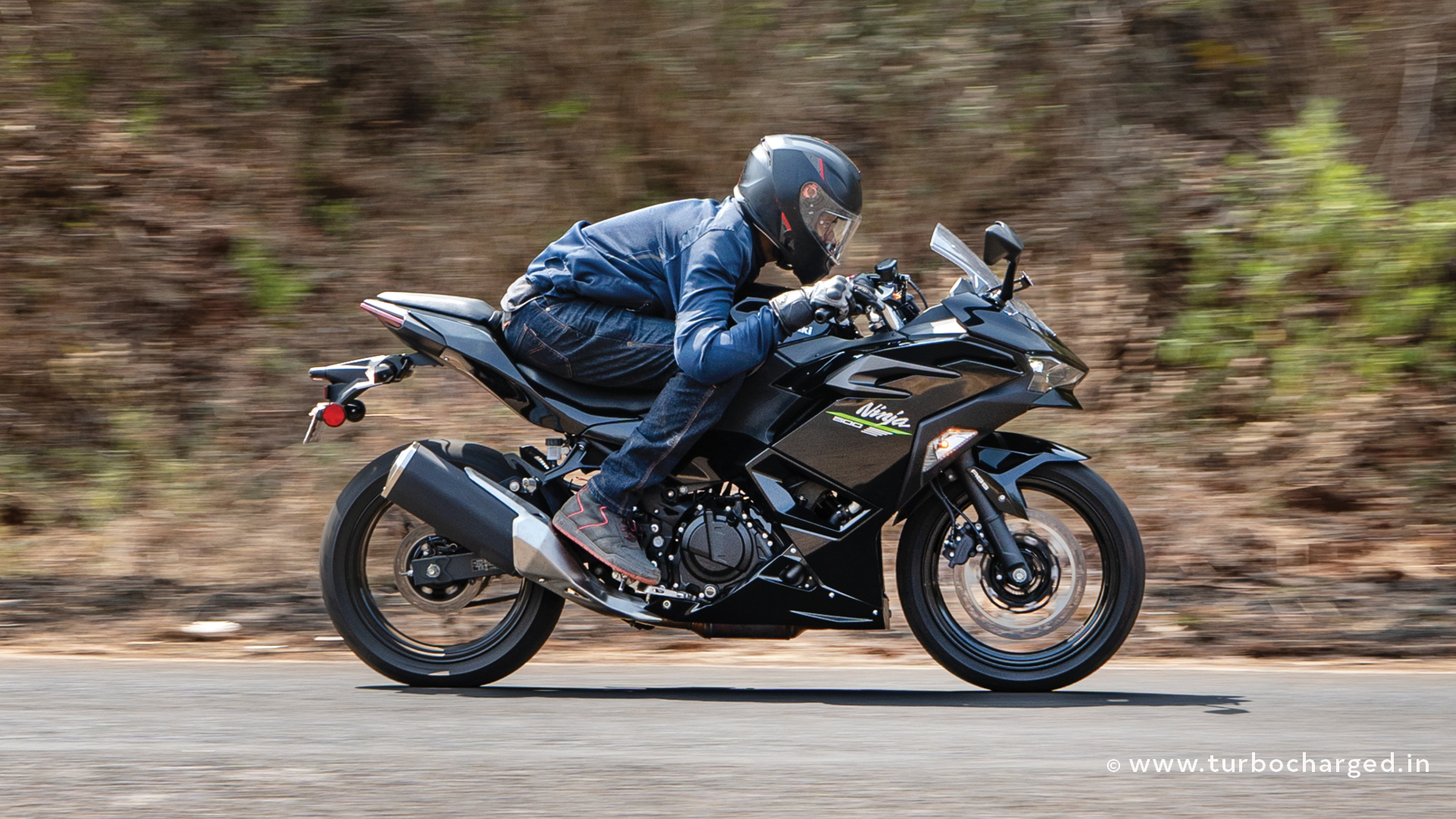
The rider ergonomics are comfortable despite what its aggressive supersport looks might suggest. The clip-ons are placed high and the footpegs aren’t very rear-set. The rider seat is spacious and there’s a lot of room to move around during fast-riding sessions.

The Ninja 500 shares its underpinnings with the Ninja 400, including the suspension setup. It uses a steel trellis frame with 41mm telescopic forks and a bottom-link preload adjustable monoshock. The overall setup is on the firmer side but the ride never feels jarring, even on rough roads. The weight management is excellent and the Ninja 500 feels extremely light on its feet. It’s not as quick to respond to steering inputs as the Aprilia RS457 but offers oodles of confidence in corners as the bike remains stable at high lean angles.
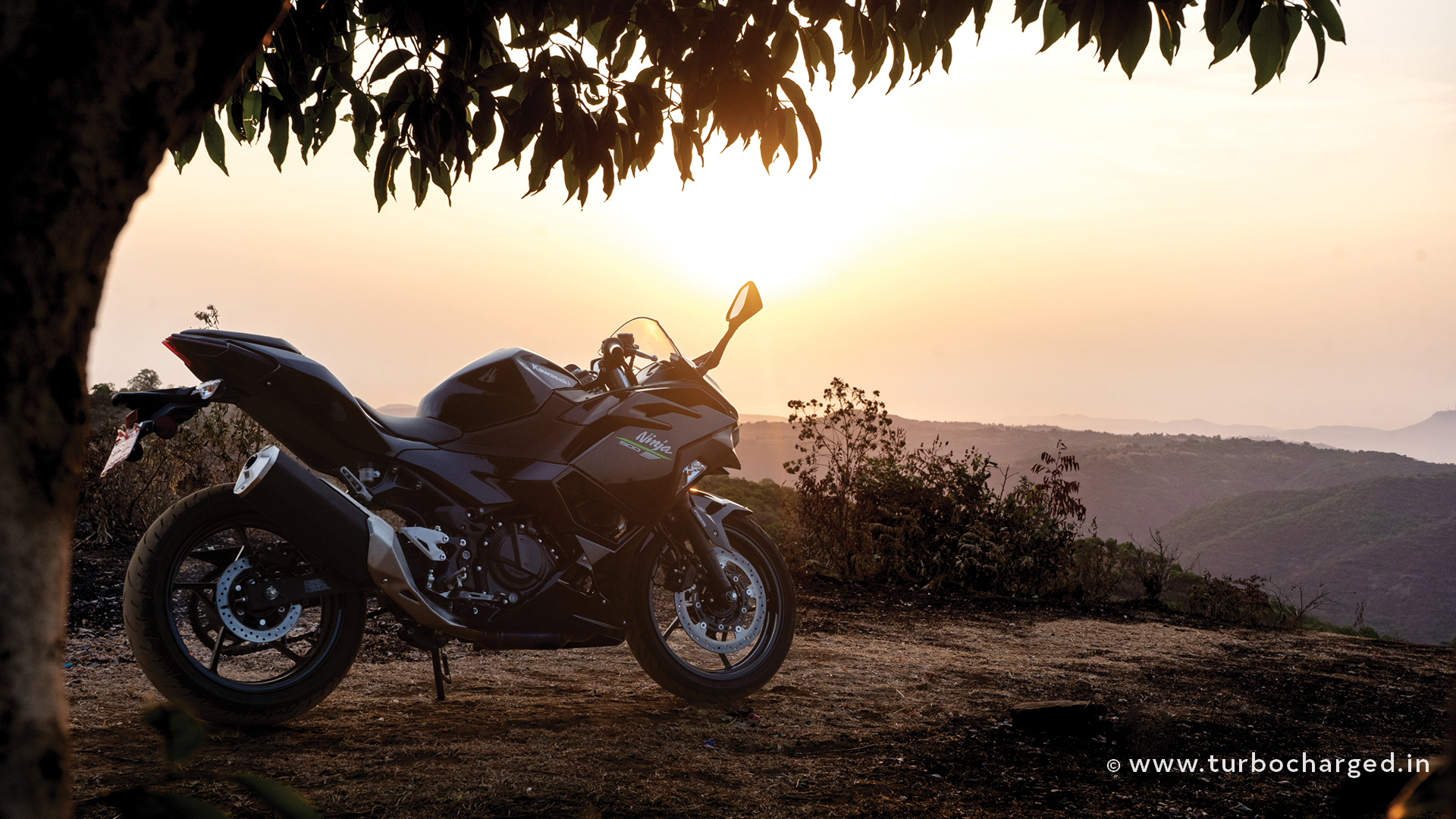
Both the front and rear discs are now bigger at 310mm and 220mm (Ninja 400 has 286mm and 193mm), respectively. The initial bite from the front brake is strong but ABS intervenes earlier than need be. While it might feel like a small inconvenience on the road, it can be a bothersome affair on the racetrack.

Here’s the surprising part – at Rs 5.24 lakh (ex-showroom), the Kawasaki Ninja 500 is identically priced as the Ninja 400! Given all the updates, the Ninja 500 is undoubtedly the one to buy among the two, but that doesn’t discount the fact that it is still the most expensive offering in its segment. The Ninja 500 looks good, is easy yet engaging to ride, there is a certain charm in its simplicity and the Ninja is an aspirational motorcycle for many as I experienced it firsthand while riding in the city. However, with the Aprilia RS457 joining the segment and offering a lot more at a much lower price (Rs 4.10 lakh, ex-showroom), it is hard to justify the Ninja 500’s high pricetag. Kawasaki needs to look at localising the Ninja 500 and drop the price by a fair margin to get people to consider the Ninja as their first sub-500cc supersport.





